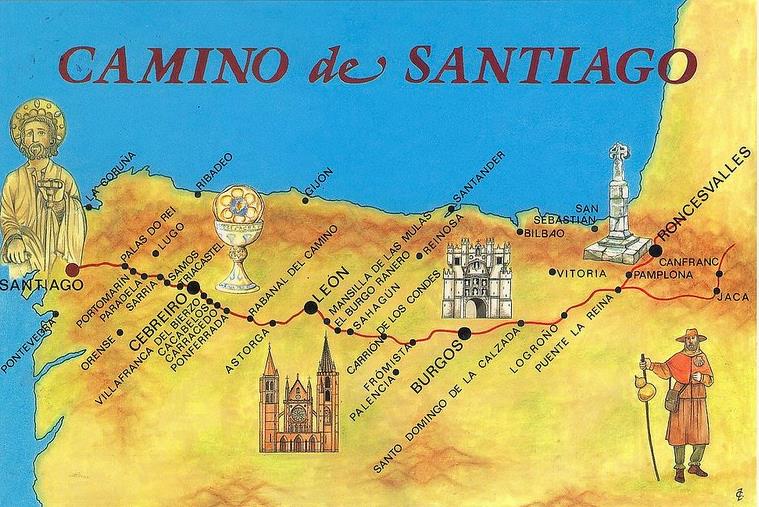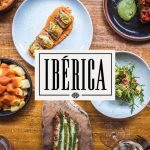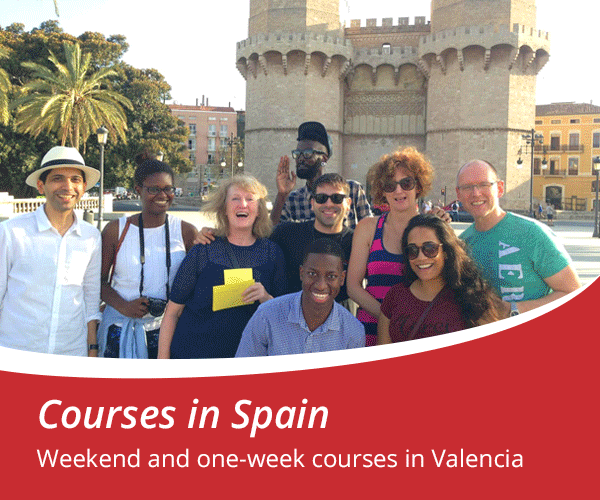El Camino de Santiago
Many of you are interested in holidays in Spain, but if you also enjoy walking then what about an alternative holiday in the north of the country?
If you like being outdoors, discovering small villages, practising your Spanish with the locals and meeting people from all over the world, El Camino de Santiago can be the perfect plan for you. You can taste the experience just walking a few kilometres choosing the stretch that you find more interesting, you can go for a few days walking adventure or maybe you are brave enough to complete the whole route, which can take around 30 days by foot.
El Camino is one of the most important Christian pilgrimage routes. It goes to Santiago de Compostela, in the northwest of Spain, where the remains of the apostle St. James are supposed to be buried. There are several routes that lead to Santiago, the most common of these is the French route (Camino francés), from Roncesvalles to Santiago going over the north of Spain.
The pilgrimage
Thousands of people from all over the world descend upon the route each year, choosing to complete either the whole route or a specific part of it. Most of them achieve this by foot; however, some go by bike and a few of them by horse. Yellow arrows mark the way for pilgrims to avoid them getting lost.
Pilgrims are easily recognised for having a big backpack, trekking shoes and a shell of a scallop, the symbol of the Camino de Santiago, which are very common on the Galician coast.
Most of them sleep in pilgrim hostels (albergues), which have multiple beds in one room and are free or very cheap.
The reasons for taking up the Camino can be numerous: religious reasons, as a form of spiritual path or retreat for their spiritual growth, getting to know better the culture and gastronomy of the north of Spain, enjoying the beautiful landscapes and the welcoming locals, meeting interesting people from all over the world, etc.
When a pilgrim completes more than 100km (they are able to prove it with a document called credencial that they can have stamped in the pilgrim hostels) they receive the Compostelana, an official certification for concluding the Camino.
St. James day is on the 25th of July, which is a bank holiday in Spain. When this day falls on a Sunday it is called Año Santo Jacobeo. The pilgrims who complete the route on these years receive the Jubileo, which the Catholic Church defines as the forgiveness of all the sins.
A little bit of history
In the ninth century a tomb was discovered in a Galician forest. The Catholic Church claimed that the tomb belonged to the apostle St. James, one of the twelve closest followers of Jesus, according to the Bible
.A church was built in the place where the tomb was found and people from all over Europe started to visit the remains of the Saint in order to ask for the forgiveness of their sins. This tradition has been going strong for more than a millennium.
The popularity of the route grew so much that the church was unable to accommodate the volume of pilgrims (peregrinos) that visited and because of this a cathedral was built. Also, a city formed around the cathedral. This city was called Santiago de Compostela.
Also, many paths, bridges, villages, churches and cathedrals (as the one in Leon) were built throughout the different passages that led to Santiago. There are several routes, but the most important is the French route which is 750 km long from Roncesvalles (small village in the Pyrenees about 4 km from the French frontier) to Santiago the Compostela.
Want to know more?
You can find more information about the Camino on the official website of tourism for Santiago de Compostela.
http://www.santiagoturismo.com/camino-de-santiago
To have a better understanding about the pilgrimage route I would recommend watching the film “The Way”.
Fancy taking part?
Everyone can do it, you just need to train yourself for a few months in advance!
Good luck!
Vamos Let's Learn Spanish. Spanish courses in London. Spanish courses in Valencia.
¿Cuánto sabes? / Tell us what you think
Your email address will not be published. Required fields are marked *
You must be logged in to post a comment.
















Thanks Diana, for a very interesting and informative article.
The ‘Camino’ sounds like a great experience, and it is something that I definitely want to do at some future point. But I may be tempted by the easier option, and try the cycling route!
I have done a part of the camino francés by foot. Cycling sounds like a fun option as well, although I would say that is harder than walking…
Hola Diana
Que tal?
Muy bien.
I miss the class and your teaching.
Hopefully rejoin later in the year.
Best wishes
Vinod
Gracias Diana for bringing up this important part of our history and culture!!!
I absolutely loved the experience of Camino de Santiago and I highly recommend it to everyone! Like you very well explained, it’s not just a religious pilgrimage as people may think due to its name, it’s a wonderful experience to be in touch with nature, local people and food and, of course, meet people from all over the world. Not forgetting the rewarding feeling of achieving the end of a long walk!
Saying that, I also enjoyed the walk by bike, which was a completely different adventure. I cycled along the path called “Via de la plata”, from the south of Spain. It was beautiful getting the drastic change in the landscape along the route.
The locals are so welcoming and friendly, and so are the pilgrims offering you from water in case you run out of it to plasters to heal your blisters!
Great experience!!
¡Bon Camiño! – this is what all the pilgrims wish to each other when they walk past each other 🙂
Also forgot to say that this film really shows the spirit of Camino de Santiago 🙂
Beautiful post and trip.
Perfect excuse for a new year resolution.
Gracias Diana!
Very interesting post Diana!.Camino de Santiago is a very good way to get fit while enjoying the beautiful landscapes in the North of Spain.A different experience and a fantastic choice for a holiday.After reading the post I want to start el Camino right now! Thank you very much for such an interenting post
Doing El Camino de Santiago can be such a spiritual experience!
As Diana said everyone can make it and although maybe some training upfront would help. In any case, people who regularly go to the gym or practise sports can actually make it without a problem -at least walking.
I have done part of it on a skateboard! And it is amazing the kind of athmosphere you find along the way. You just end up talking to everyone! (which is actualy great to practise your Spanish). One of the things that called my attention the most was a sign I saw in one of the free hostels that said “deja lo que te sobre y coge lo que necesites! (leave what you spare, take what you need) over a big chest full of money. It kind of makes you believe in humanity again.
If you want to practise your Spanish, get a tan, make some new friends, learn some history and see some monuments, if you like sport and if you want a cheap holiday, El Camino de Santigo is perfect!